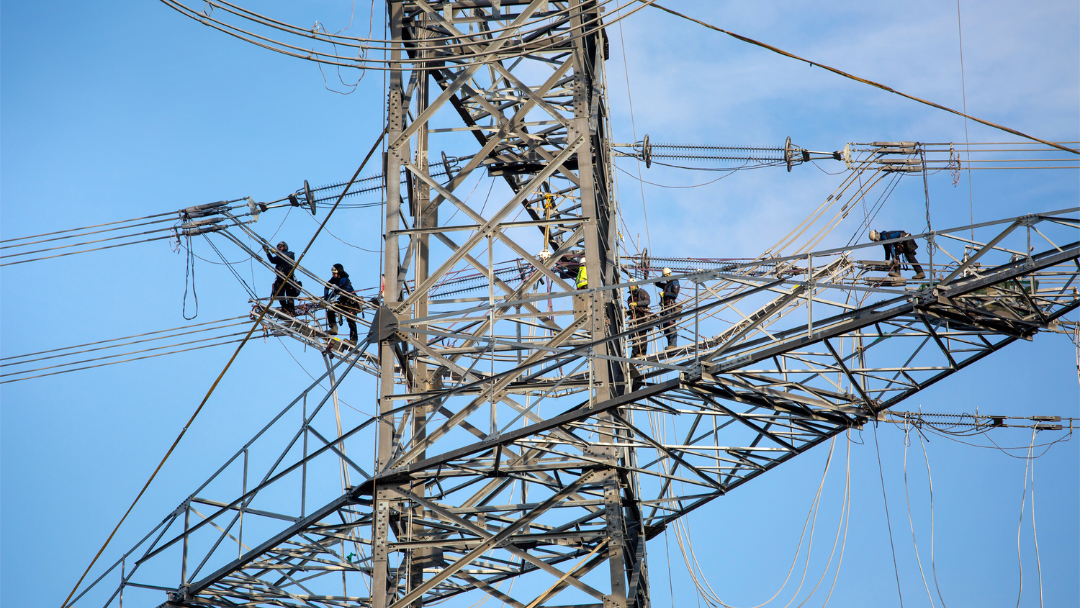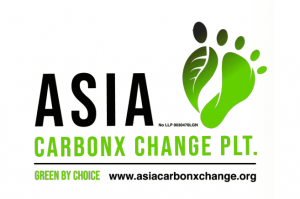MALAYSIA’s energy sector is undergoing a profound transformation, guided by the six Ds of energy evolution: decentralisation, decarbonisation, digitalisation, deregulation, democratisation, and diversification.
The first article in this series explored how decentralised energy systems and decarbonisation are laying the groundwork for a sustainable future – empowering consumers, reducing carbon emissions, and fostering resilience within the energy ecosystem.
This second article shifts focus to two other driving forces: digitalisation and deregulation.
Together, these forces are fostering smarter energy systems and a more competitive market landscape.
However, they are not without challenges.
Digitalisation: Smarter energy for a smarter nation
Digitalisation is revolutionising Malaysia’s energy sector by leveraging advanced technologies such as the Internet of Things, artificial intelligence (AI), blockchain, and big data.
These innovations optimise energy production, distribution, and consumption.
By embracing digital solutions, Malaysia can improve energy efficiency, reduce waste, and create a more reliable energy grid.
One challenge utilities face is the tendency to pursue digitisation rather than comprehensive digitalisation.
While digitisation involves merely converting analogue processes to digital formats, true digitalisation transforms operations by integrating digital technologies throughout the value chain.
Without this comprehensive approach, utilities struggle to deploy the full array of smart energy solutions and effectively integrate with decentralised energy players.
A positive example of digitalisation in Malaysia is Tenaga Nasional Bhd’s (Tenaga) rollout of smart meters.
These devices provide consumers with real-time insights into their energy usage, enabling more informed decisions.
On a broader scale, smart meters allow utilities to monitor demand patterns, anticipate faults, and allocate resources more effectively.
They also serve as a cornerstone for distributed generation, enabling new renewable energy programmes like the Corporate Green Power Programme and the Customer Renewable Energy Supply Scheme.
Blockchain technology is emerging as a game-changer in the renewable-energy landscape, particularly through Renewable Energy Certificates.
As ASEAN moves towards harmonisation, blockchain could become a unifying factor. Peer-to-peer energy trading platforms powered by blockchain enable consumers with surplus solar energy to sell directly to their neighbours.
While Malaysia has yet to fully embrace this model, it remains a key part of the Malaysian Electricity Supply Industry 2.0 plan.
Digitalisation further enhances grid management through AI-driven predictive maintenance.
By analysing sensor data, AI can identify potential issues before they escalate, minimising downtime and repair costs.
Tenaga’s smart grid initiatives, for example, leverage AI to optimise energy flow, reduce outages, and enhance grid reliability.
AI is also deployed in many solar farms for predictive maintenance.
However, digitalisation comes with challenges.
Cybersecurity risks are a growing concern, as digital systems are vulnerable to hacking and data breaches.
Ensuring robust security measures is critical for protecting consumers and infrastructure.
Additionally, the digital divide poses a barrier; rural communities with limited Internet access may struggle to benefit from digital solutions, exacerbating inequality.
The rollout of 5G networks in Malaysia is expected to help bridge this gap by improving connectivity.
Deregulation: Opening the gates for innovation
Deregulation involves reducing regulatory barriers to foster competition and innovation in the energy market.
For decades, Malaysia’s energy sector has been dominated by monopolies, particularly Tenaga.
Historically, electricity generation and distribution were decentralised, with regional players such as Perak River Hydro Electric Power Co and Penang Municipality serving different areas.
Over time, the need for more efficient, large-scale generation led to the consolidation of these entities into a national company.
While this centralised model ensured stability and widespread electrification, it also stifled competition and limited consumer choice.
Recent efforts to liberalise the electricity market aim to reverse this trend, fostering a competitive environment where retailers can offer better pricing and services to attract customers.
Deregulation also enables innovation by allowing new players to enter the market. Start-ups specialising in renewable energy, energy storage, and digital solutions can introduce fresh ideas and technologies.
One promising development is the rise of energy-as-a-service models, where companies provide customised energy solutions tailored to specific needs.
This model is gaining traction in deregulated markets globally and has significant potential in Malaysia.
However, deregulation is not without risks.
Without adequate oversight, market liberalisation can lead to price volatility, disadvantaging consumers.
Smaller players may struggle to compete with established giants, potentially leading to market consolidation rather than diversification.
Policymakers must carefully balance fostering competition with protecting consumers from exploitation.
One critical aspect of deregulation is empowering consumers to make informed choices. Public awareness campaigns can educate businesses and households about their options in a deregulated market.
Transparent pricing and accessible information about retailers’ sustainability practices can guide consumers toward responsible choices.
In western deregulated markets, utilities are often required to share customers’ consumption data with market participants to ensure a level playing field.
Digitalisation and deregulation are interconnected forces that can amplify each other’s impact.
Digital platforms can enhance the effectiveness of a deregulated market by providing consumers with tools to compare prices, monitor usage, and switch providers easily.
Mobile apps and online dashboards, for instance, simplify the process of choosing energy retailers, fostering a competitive and transparent marketplace.
Conversely, deregulation can accelerate the adoption of digital technologies.
As new players enter the market, they are likely to leverage cutting-edge tools to differentiate themselves.
A renewable energy start-up might use blockchain to facilitate peer-to-peer trading or AI to optimise energy storage solutions.
This symbiotic relationship between digitalisation and deregulation creates a virtuous cycle of innovation and efficiency.
Both digitalisation and deregulation present unique challenges that require careful management.
Cybersecurity risks, the digital divide, and resistance from established players are significant hurdles.
Meanwhile, deregulation must be implemented cautiously to avoid unintended consequences, such as monopolistic behaviour or market instability.
Yet, the opportunities are immense.
Digitalisation can drive efficiency, transparency, and consumer empowerment, while deregulation can foster competition, innovation, and sustainability.
Together, these principles have the potential to transform Malaysia’s energy sector into a global leader in clean energy.
To seize these opportunities, Malaysia must adopt a collaborative approach.
Government agencies, private companies, and consumers need to work together to address challenges and unlock the full potential of digitalisation and deregulation.
Public-private partnerships can fund the development of digital infrastructure, while regulatory reforms can encourage competition without compromising stability.
Digitalisation and deregulation are reshaping Malaysia’s energy sector, offering pathways to a smarter, more competitive, and sustainable future.
These principles complement the foundational shifts brought by decentralisation and decarbonisation, creating a comprehensive roadmap for transformation.
As Malaysia embraces digital tools and opens up its energy market, strong governance and leadership become paramount.
Policymakers must ensure that the benefits of these changes reach all Malaysians, regardless of income or location.
Meanwhile, businesses must prioritise innovation and sustainability to thrive in a competitive landscape.
Nirinder Singh Johl is the founder and chief executive of Asia Carbonx Change Plt. The views expressed here are the writer’s own.
This article was originally published in The Star on the 12th of February 2025. You can visit the article here.



